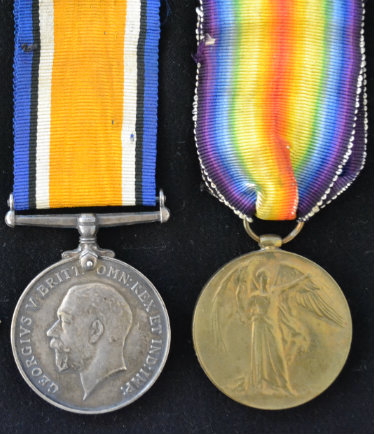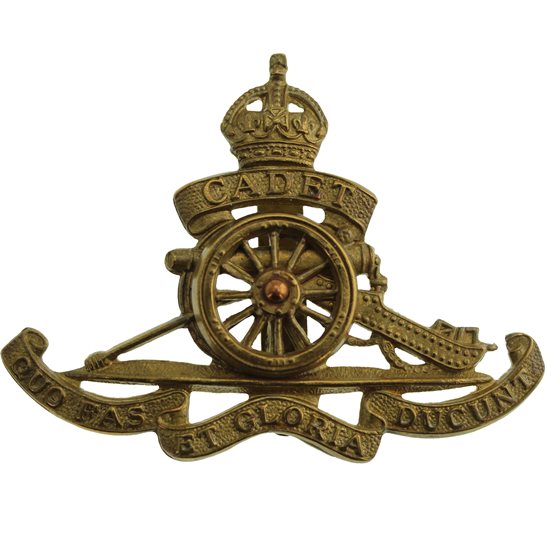Personal Details
Born: 31 December 1892 in Rugby, Warwickshire and baptised on 30 January 1893 in the Parish Church of Newbold-on-Avon, Warwickshire.
Family: He was the son of Richard Thomas Wilson, a labourer, and his wife Sarah Ellen but was brought up by his grandparents Richard and Mary Stokes. He married Kate Suckley in 1919 in Whitchurch, Shropshire and together they had 3 children – Frederick, Elsie and Vera.
Residence: At the time of his baptism his parents were living in Newbold-on-Avon. By 1901 he was living with his grandparents at 37 Chester Road, Whitchurch and in 1911 he continued to live with his grandparents at 8 Brooklands, Chester Road, Whitchurch; this was his address when discharged in 1919. In 1939 he was living at 11b Chester Road, Whitchurch which was his address at the time of his death..
Employment: In 1911 he was a dock labourer; in 1914 when he enlisted he was a farm labourer. In 1939 he was a road and rail goods loader.
Died: In 1955 in Whitchurch, aged 62, and buried on 19 September the same year in Whitchurch cemetery.
Military Details
Regiment: Royal Horse & Field Artillery
Rank: Driver
Service Number: 91182
Date of Enlistment: 3 September 1914
Date of Discharge: 8 March 1919
Reason for Discharge: Demobilisation
Joseph was awarded the Campaign medals (British War and Victory medals)

The British War Medal (also known as 'Squeak') was a silver or bronze medal awarded to officers and men of the British and Imperial Forces who either entered a theatre of war or entered service overseas between 5th August 1914 and 11th November 1918 inclusive. This was later extended to services in Russia, Siberia and some other areas in 1919 and 1920. Approximately 6.5 million British War Medals were issued. Approximately 6.4 million of these were the silver versions of this medal. Around 110,000 of a bronze version were issued mainly to Chinese, Maltese and Indian Labour Corps. The front (obv or obverse) of the medal depicts the head of George V. The recipient's service number, rank, name and unit was impressed on the rim.
The Allied Victory Medal (also known as 'Wilfred') was issued by each of the allies. It was decided that each of the allies should each issue their own bronze victory medal with a similar design, similar equivalent wording and identical ribbon. The British medal was designed by W. McMillan. The front depicts a winged classical figure representing victory. Approximately 5.7 million victory medals were issued. Interestingly, eligibility for this medal was more restrictive and not everyone who received the British War Medal ('Squeak') also received the Victory Medal ('Wilfred'). However, in general, all recipients of 'Wilfred' also received 'Squeak' and all recipients of The 1914 Star or The 1914/1915 Star (also known as 'Pip') also received both 'Squeak' and 'Wilfred'. The recipient's service number, rank, name and unit was impressed on the rim.

